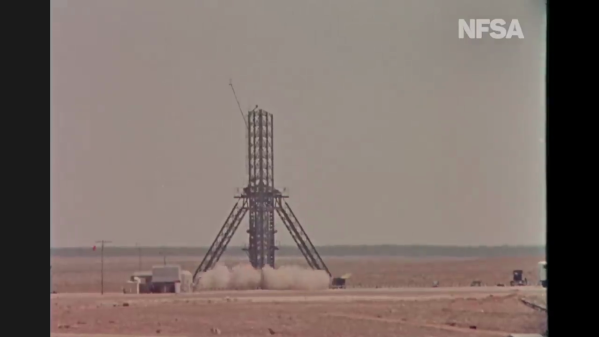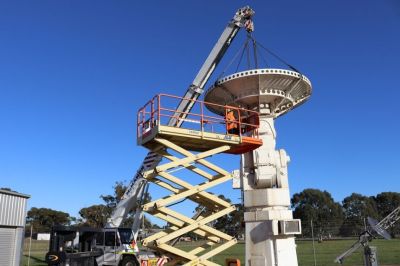The Film and Sound Archive (NFSA) of Australia just released a digitized version of a 1957 film documentary on Australia’s rocket research back in the day ( see video below the break ). The Woomera test range is an isolated place about 500 km northwest of Adelaide ( 2021 population 132 ) and hosts a small village, an airstrip, and launch facilities. In the Salisbury suburb of Adelaide, a former WW2 munitions factory complex was repurposed as a research center for rockets and long range weapons.
The documentary showcases a wide variety of state-of-the-art technologies from the late 1950s. As ancient as those appear today, a lot of the basic concepts haven’t changed — careful choreography of the launch countdown sequence of events, the antenna and radio systems to receive and store rocket telemetry, photographic records of the rocket in flight, and post-flight analyses of everything to fix problems and improve your designs. They tried to do as much as possible at the Salisbury campus, because as the narrator notes, it’s expensive to work at the distant test range, a concept which is still a consideration today. There’s even a glimpse of the residents’ leisure life in the barren village. It was a different time, to say the least. Continue reading “Rocket Range Australia, 1950s Style”













